#Turrón is the Valencia Community’s great contribution to Christmas in Spain. This year, just like every other year, there will be a little, crunchy bit of Valencia Yuletide cheer on every Spanish Christmas table. The true homelands of turrón are the towns of Alicante and Xixona (Jijona), where the sweet has been made since 1531 and even today many of the best traditional turrones come from there.
Traditionally there are two main types. ‘El Duro’ (the hard one) from Alicante, which is essentially a hard, dry mash of almonds, honey and sugar moulded into a bar, is not to be confused with ‘El Blando’ (the soft one) from Xixona, a soft, dry mash of almonds, honey and sugar moulded into a bar.
For years the only other alternative to this great array of Valencian sweets were ‘polvorones’ (the powdery ones) which, ingeniously, are a powdery, dry mash of almonds, honey and sugar moulded into an oval shape. Despite the incredible variety on offer, some other options started to appear in the last thirty years or so, notably chocolate turrón.
What at any other time of the year would simply be called a bar of chocolate is wrapped in shinny paper, made into a similar size and shape as the traditional turrón and Bob’s your uncle, a new ‘traditional’ Christmas sweet is born. Nowadays, chocolate turrón easily outnumbers the traditional stuff on any supermarket shelf and comes in any number of ‘traditional’ Spanish flavours such as kiwi fruit, Irish coffee and rum and raisin. However, El Duro y El Blando are still the inescapable mainstay of every festive table, hamper or Christmas box and, like mince pies in England, whether you like them or not, it just wouldn’t be Christmas without them.
Turrón in most Valencian homes, has become part of the Christmas decorations (on a stainless tray with a paper doily between the crib and the festive bottle of Ponche Caballero) and is an essential ingredient of the festive season. All Valencia families have small marks on their kitchen tables where ‘Uncle Vicente’ once attacked the Duro turrón with a hammer and chisel on Christmas Eve in a vain attempt, after one too many mistelas, to break it up into chewable pieces. And if it doesn’t break your table, it might just break your teeth. These days, El Duro is made considerably thinner (they usually pack a double layer into the box so it looks the same size) and even slightly softer but if you’ve ever tried the real traditional stuff, you’ll know what I mean.
Turrón adverts have also become a part of the Christmas scene and the same ones, only slightly updated, are repeated year after year. Every Spaniard knows the tune to ‘‘Vuelve a Casa por Navidad’’ from the El Almendro advert and the slightly less subtle ‘‘Queremos turrón, turrón, turrón’’ which advertises Antiu Xixona. Every year ‘Turrones 1880’ declares itself, in a sort of Spanish Jeremy Clarkson voice, as “the most expensive turrón in the world” which, considering that nowhere else in the world makes turrón, is a bit like somebody advertising their product as the most expensive Bakewell tart in the world. It still shifts off the shelves in shedloads, however, and is a must in the Corte Inglés executive ‘cesta’.
Turrón is even exported around the world, especially to South America. However, the biggest customers are those lovers of all things Spanish, the Japanese, who presumably like to chew on a bit of turrón with flamenco music playing in the background. Bizarrely enough, after Christmas some of the unsold turrón, which for reasons of sell-by date would not be available for the following year, finds itself on the shelves of the Poundlands and Home Bargains of northern English provincial towns, sold as ‘Spanish nougat’ or ‘Spanish chocolate bars’ for the Easter market.
Turrón is said to have its origins in ancient Greece where sweets made from honey and almonds were prepared for athletes competing in the Olympic Games as a sort of ancient world energy bar. The Moors liked the idea and brought the sweet to Spain in the eighth century. According to the Cordobés writer Averroes, writing in 1149, Moorish soldiers were issued something like turrón, shaped into easily portable bars (hence their shape today) to keep them going during long marches.
If there was no scimitar at hand they could also be used as a weapon. One well-aimed bar of El Duro could knock a Christian out cold from ten paces.
Xixona legend has a different take on the sweet’s origins. So the story goes that a Moorish king married a Viking princess. His princess missed her homeland and was ‘pining for the fjords’ so to speak. The king decided to cover the hillsides with almond trees which, when in blossom, would give the impression of the snow-capped mountains of her Scandinavian home. They were left with the problem of what to do with all the excess almonds and naturally decided to make a hygienically wrapped Christmas sweet that all Spaniards could enjoy. Nice story but in reality there is no record of turrón in Xixona until 1531. After that, the sweet quickly became popular and was a favourite amongst the recipes of Philip II’s personal cook, Antonio Martínez.
Like everything from Valencia, the Catalans have also tried to claim turrón as their own. They say the name comes from Barcelona confectioner Bernat Torró. However, that story is about as believable as a Viking princess coming all the way to Alicante to marry a Moorish king. The name predates Torró and is most likely to originate from the fact that the almonds in turrón are roasted or ‘torrats’.
Wherever it comes from, try a bit of turrón this Christmas. After all that eating and drinking you may need a bit of ancient energy bar keep you going. Queremos turrón, turrón, turrón! Enjoy responsibly and don’t break your teeth.
David Rhead and José Marín
Article copyright 24/7 Valencia
Related Post
This site uses Akismet to reduce spam. Learn how your comment data is processed.


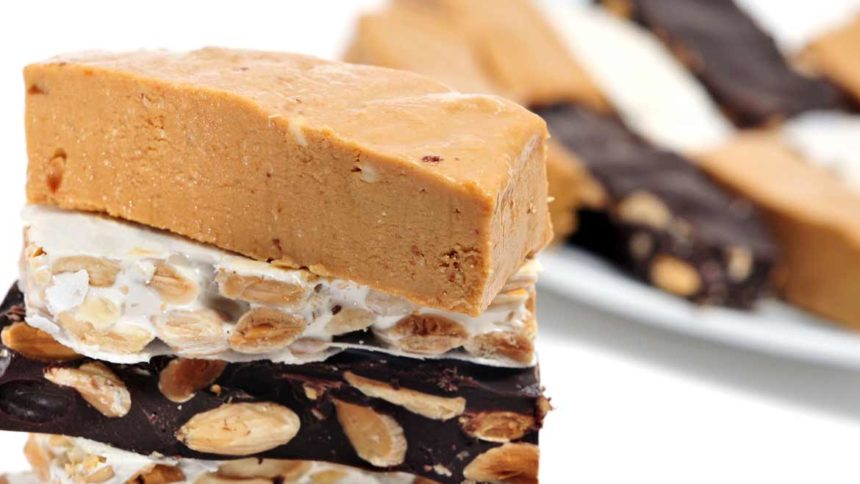
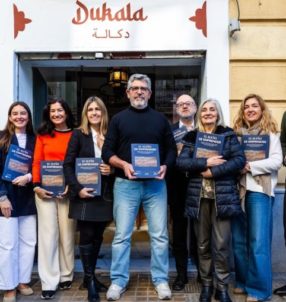
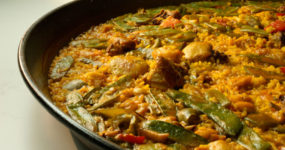
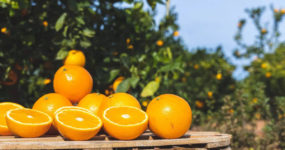
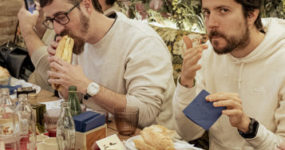
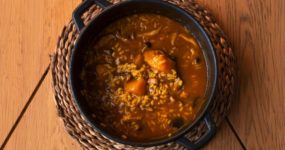

















Leave a comment